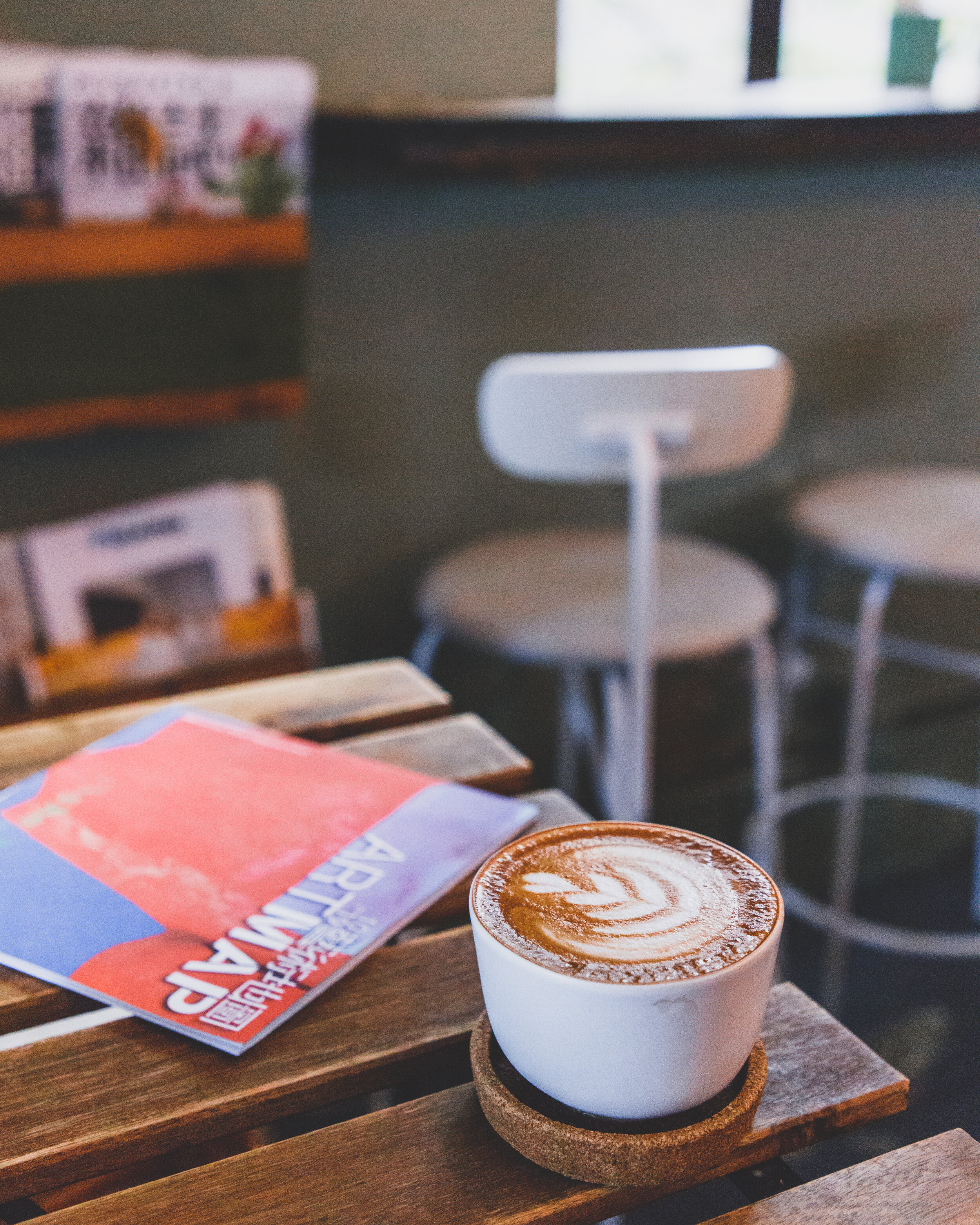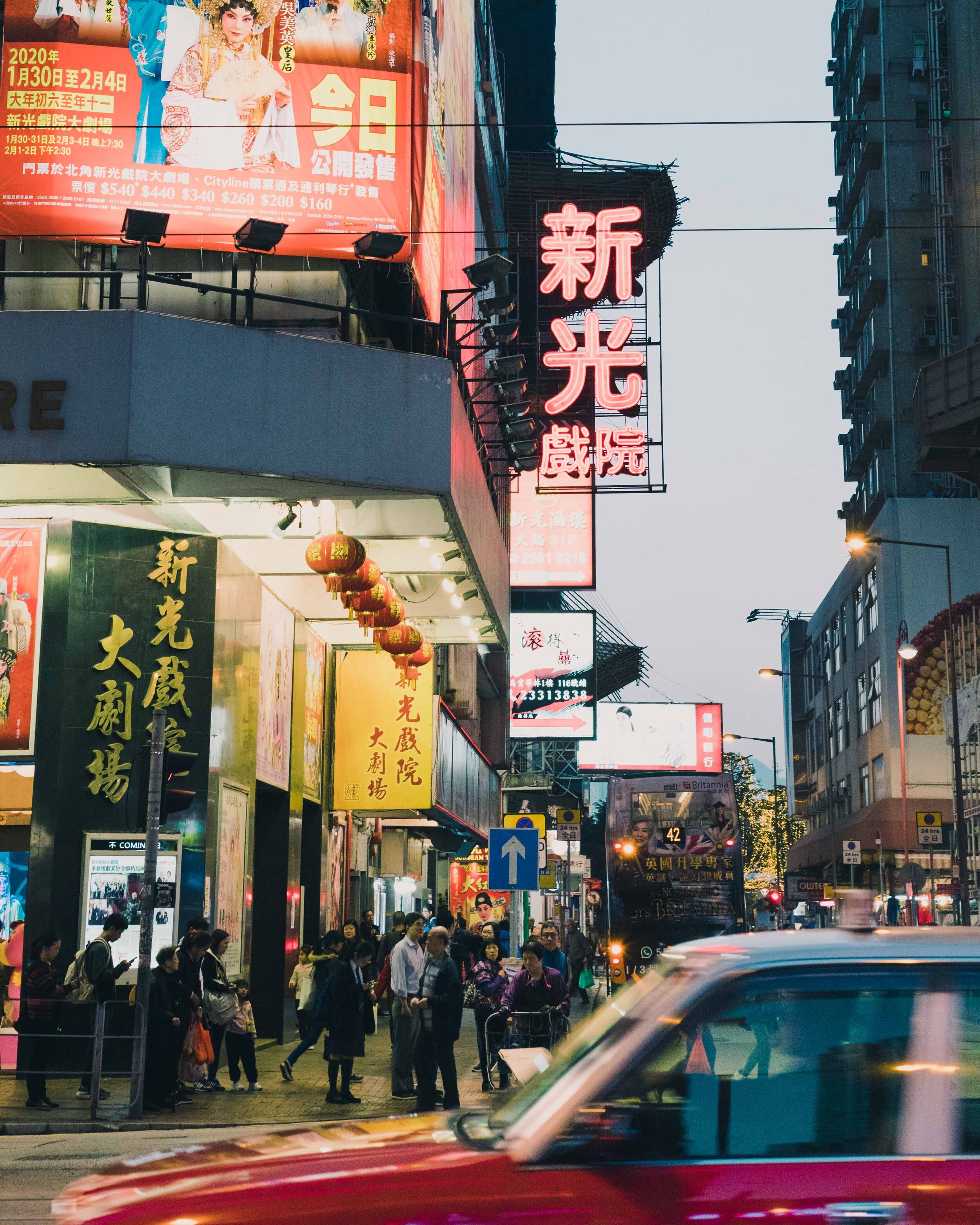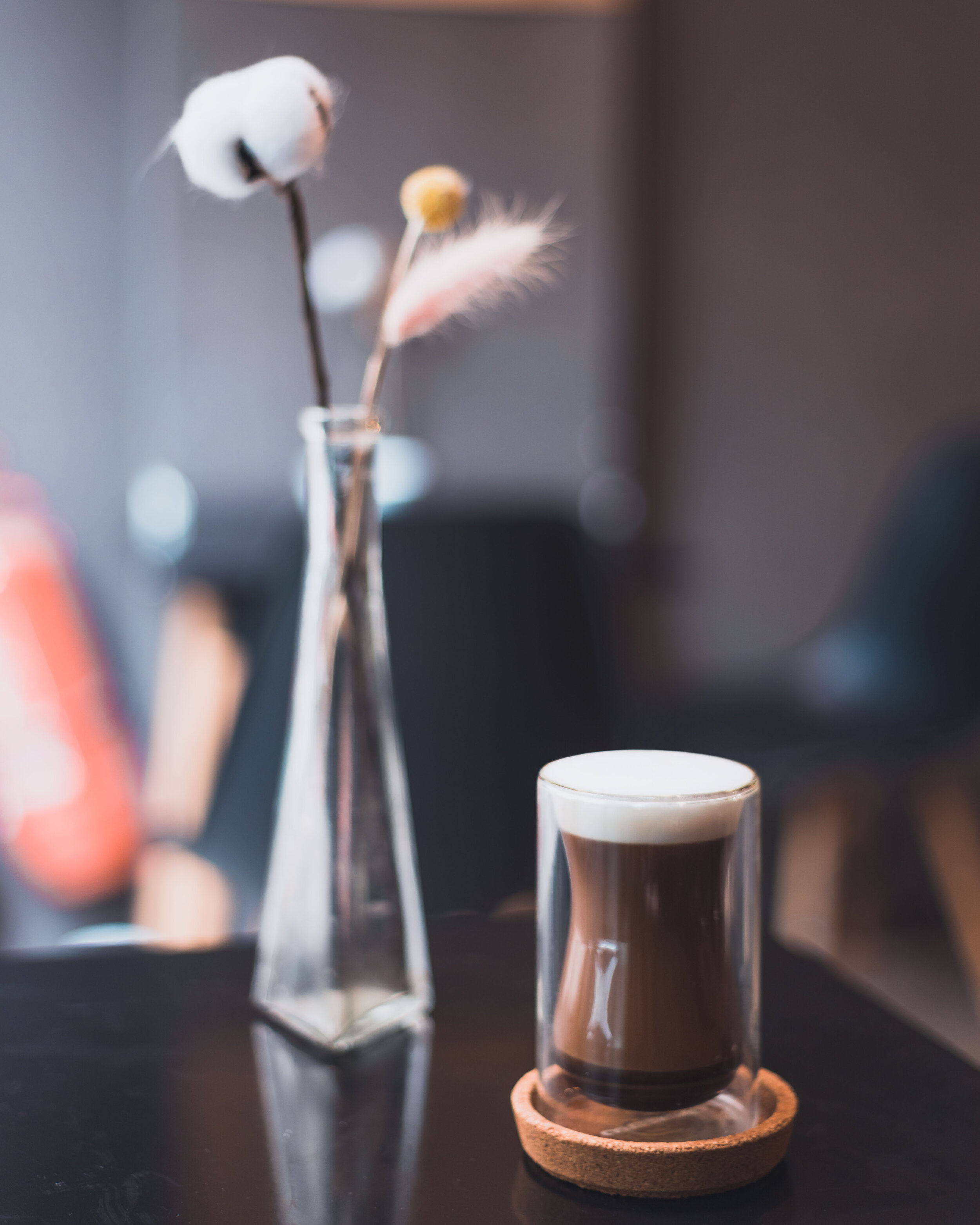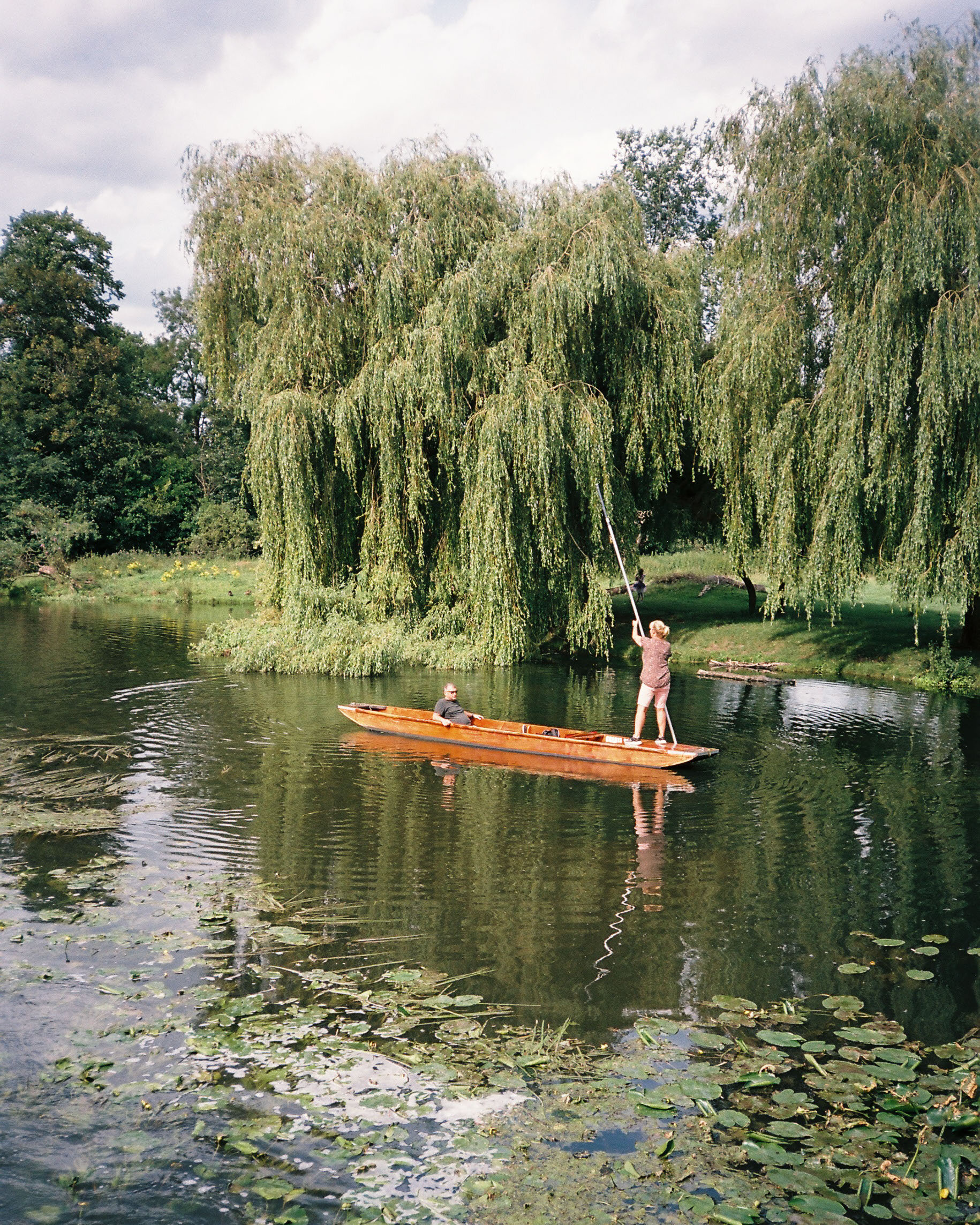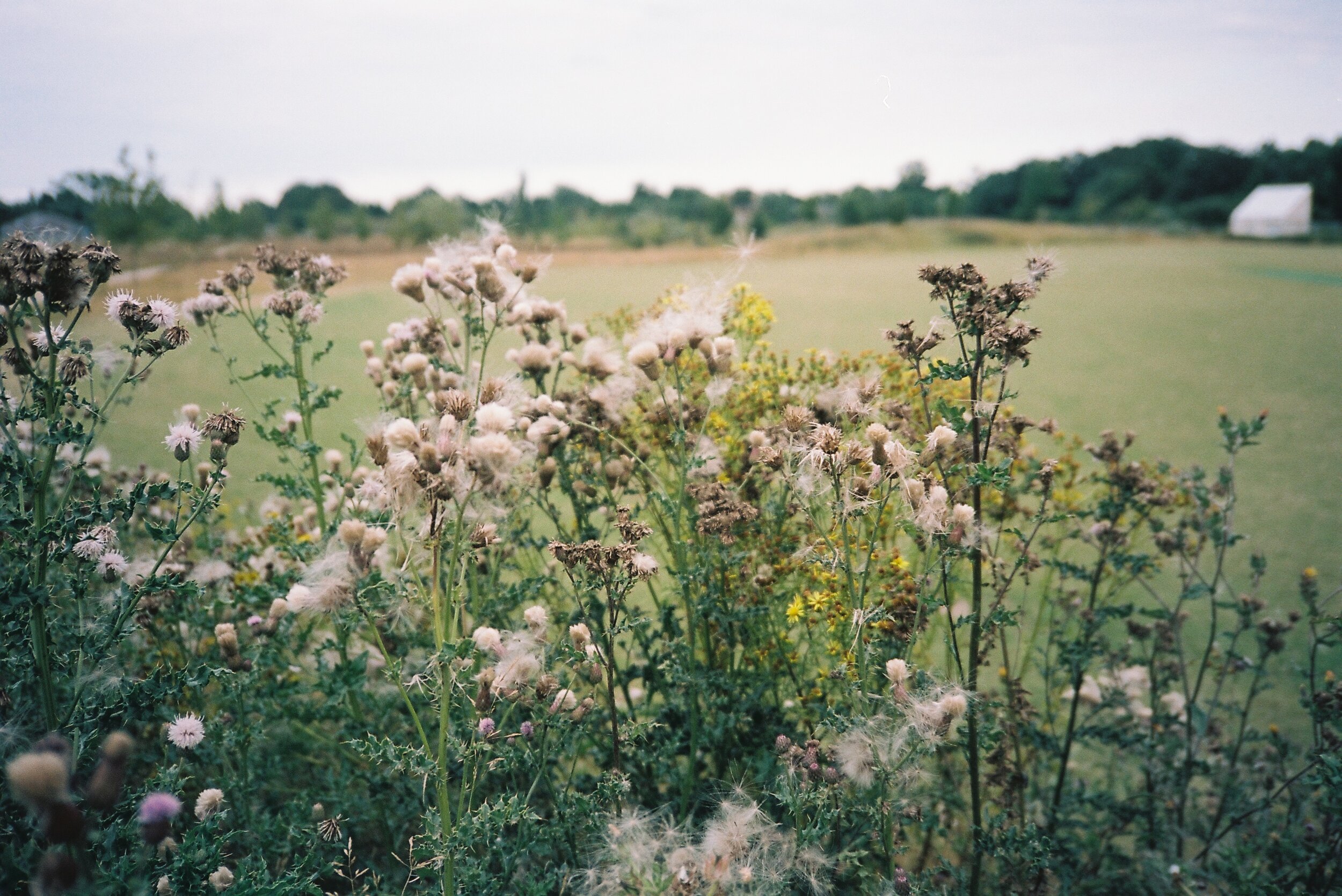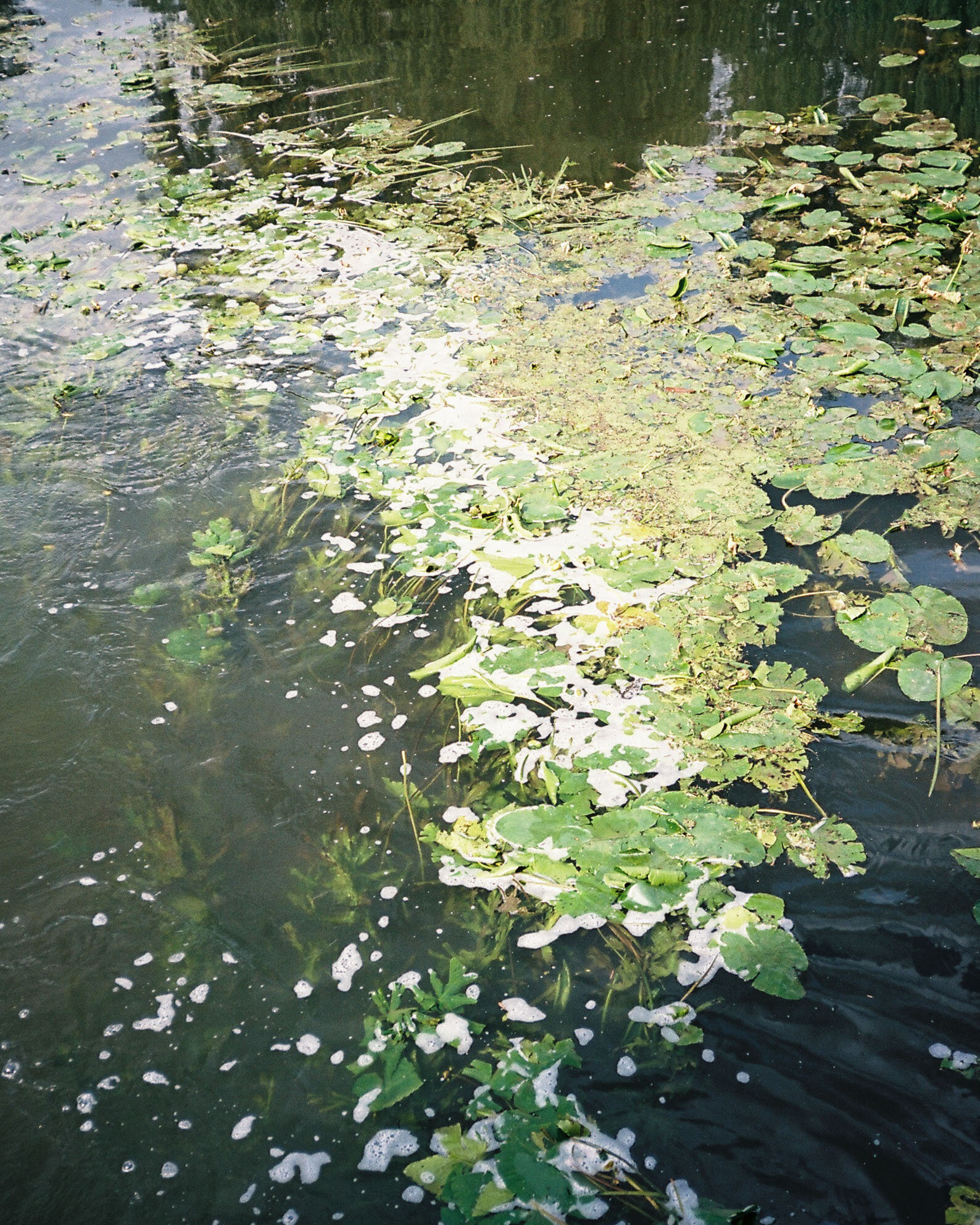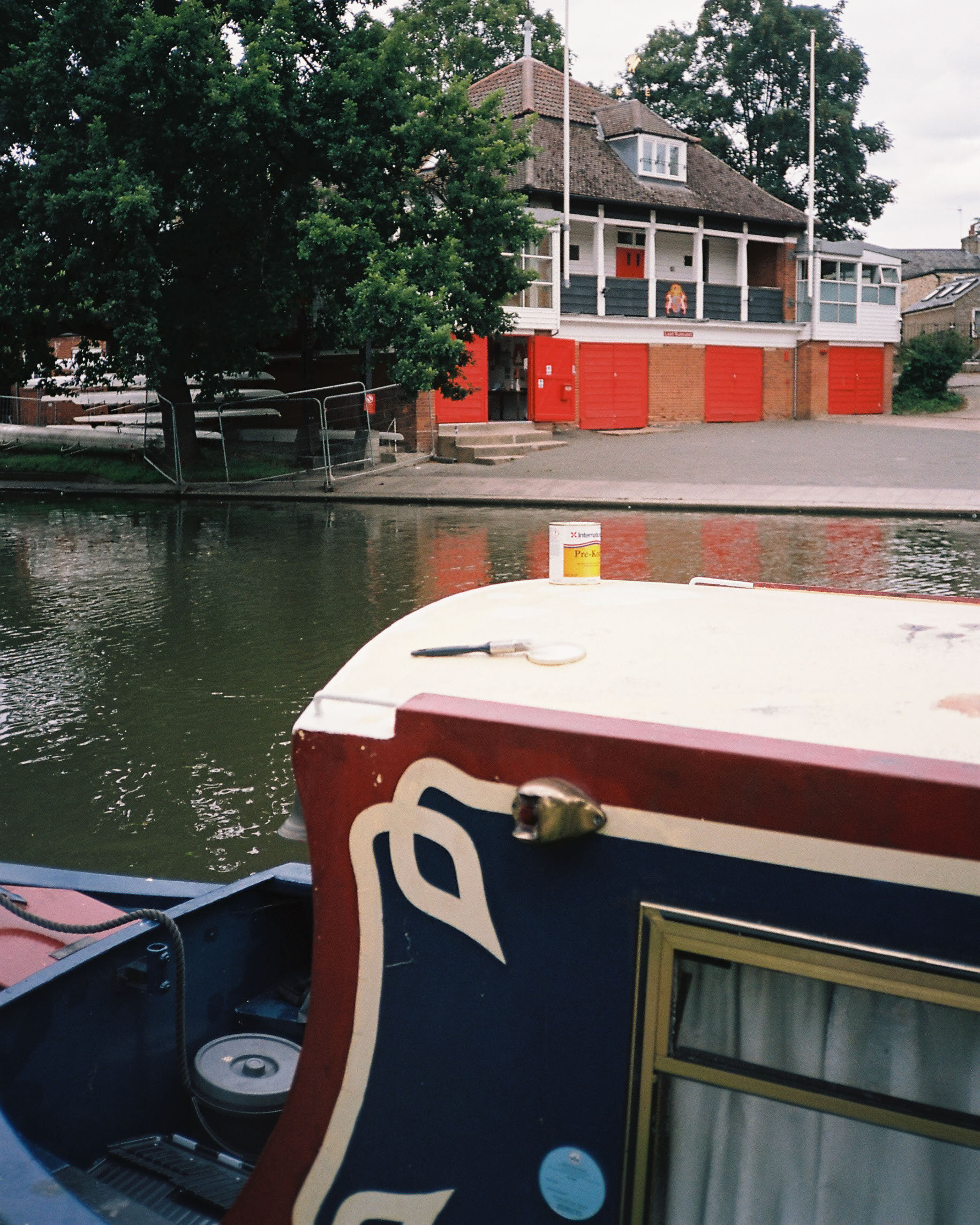Deciding on the best lens or lens combination to take when travelling can be a massive headache. This article sheds light on the main considerations that you should be making to arrive at the best decision for your photo needs.
We will also study the suitability of various focal lengths for travel photography.
If you find this helpful, SUBSCRIBE to my channel via the box on the left to make the most out of my blog! Also, do share it with people who might be interested. Shoot me an email/ DM to share your thoughts too.
Also, Pin this article to your Camera & Gear boards in Pinterest if you find it helpful!
Zoom vs Prime Lenses for Travel?
The greatest upside of prime lenses in traveling is a higher portability and smaller size. As for Zooms, the biggest upside is the ability to zoom, which allows flexibility in catering to various spacial restraints on location. Other considerations to be made include price, widest aperture, sharpness, but central to the decision process is your purpose for the trip and the photos made therein.
I would recommend beginning your decision by considering the purpose of this trip you are taking, and what you are expecting from the photos from the trip.
Typical photo needs include, but not limited to, the following buckets:
voluntarily (or involuntarily) assuming the role as “Family photographer” or “group photographer”: solid portrait lenses would take priority
the last-minute day-trip or weekend getaway: lightweight primes would take priority
the pre-planned photo trip: a wider selection of zooms and prime
These are just some examples and my preferences in relation to these scenarios, but it is always helpful to start by thinking about the purpose of your photography in that trip, before factoring in technicalities like focal length, aperture etc.
Once you have figured out the look you are expecting from these photos, you then work backwards to find the lenses that has the qualities that give you such a look.
Best Two Lenses for Traveling
If you are able to fit two lenses into your travel bags, consider bringing the all-purpose standard 24-70mm f/2.8 zoom lens and a 50mm f/1.8. prime lens. This combination has you covered under typical travel scenarios, are budget friendly, and also do not weigh much.
As mentioned above, the purpose of taking a trip can vary from person to person. This recommendation is made assuming that your primary aim is to have a balanced combination that shoots a wide range of subject matter.
Generally, most travel-related scenarios call for focal lengths on the wider end of the spectrum. These would include group shots, food shot handheld from your seat, building structures and scenery.
Zooms are also important in providing the ability to quickly crop in without needing to reposition yourself when you see a frame of interest. Shooting during travels could mean being restricted to a zone reserved for tourists, or rushing from one spot to another. Zoom lenses provide an efficient way of working around these limitations.
Also, you might find yourself occasionally having to take photos after it’s dark. In this case, a fast lens that could stop down to apertures of or below f/1.8 would be immensely helpful.
This is where the 50mm f/1.8 prime comes in. For the general traveler, night shots would take up a relatively small portion of all photos, so it might not be worth upgrading the standard zoom to a zoom that stops down to f/1.8.
This is a budget yet reliable way of getting night shots that are relatively less grainy.
Another bonus that the 50mm f/1.8 presents is its capabilities in relation to portraits. Stopping it down during the day gives you substantial separation between people subjects and the background, which fades into a buttery flurry of bokeh.
Here are a list of recommended lenses for various mounts. Check out their latest prices on Amazon via the links below:
Canon EF 24-70mm f/2.8 II USM Standard Zoom Lens. It returns crisp and sharp results both in the centre and edges.
Sigma 24-70mm f/2.8 DG OS HSM Art Lens for Canon. Budget alternative to the Canon zoom with slightly softer images.
Nikon Nikkor Z 24-70mm f/2.8 S Standard Zoom Lens. It focuses accurately at all focal lengths but does not come with image stabilisation.
Tamron 24-70mm f/2.8 G2 Di VC USD G2 Zoom Lens for Nikon. Budget alternative to the Nikon zoom with image stabilisation, but slightly softer towards the longer focal lengths. Helpful for shooting under low light.
Sony 24-70mm f/2.8 Standard Zoom Lens. Being the native lens for the Sony system, autofocus works the best on it.
Sigma 24-70mm f/2.8 Standard Zoom lens for Sony. Budget alternative to the Sony zoom but has the potential to return slightly sharper images.
For Nifty Fifty recommendations, refer to the following section on the 50mm prime lens.
Best Prime Lens for Travel
The ‘Nifty Fifty’, 50mm f/1.8. Out of all focal lengths, the 50mm vision is among the closest to that of human eyes, thus you get what you see. This proves very beneficial when working under time and spatial restraints, as often is the case when traveling. It is the ultimate lightweight, compact yet versatile one-lens solution that leaves little to complain for.
In relation to the focal length, as I will explain in the ensuing section, 50mm is a great fit for a wide range of photography genres.
Through a 50mm, which is optically approximate with the human eye vision, you will find yourself being able to capture a composition you have in mind without moving much and thus recomposing.
Given that photographs are often made in a hurry and that it can be hard to predict what situation you will be shooting in, your best bet is to use a lens that works reasonably well under the largest variety of scenarios.
Specifically, the lowest aperture of f/1.8 is recommended, firstly because it is the minimum aperture size for taking any usable night shots.
Secondly, it is way more compact as compared to its f/1.4 or f/1.2 counterparts.
Thirdly, at such a budget price, you do not need to worry about it being damaged (or stolen, though let’s hope that doesn’t happen), as it can be replaced with a relatively less fatal blow to the wallet.
See the below section for lens recommendations.
Is a 50mm Prime Good for Travel?
A 50mm prime is a great all-rounded, everyday lens. It performs decently for most categories of photography, though not exceptionally in each. It usually stops down to relatively wide apertures at very attractive prices, and are mostly suitable for portraits and photographing low-light situations.
The most commonly used 50mm is the ‘Nifty Fifty’, the 50mm f/1.8. It has quite a few qualities that make it a great portrait lens at such a budget price.
At the focal length of 50mm, the photographer is able to include small groups of people in frame at a comfortable distance. It wouldn’t be so far that you need to shout, or so close that faces appear small or distorted.
The nifty fifty will have your people shots covered - from solo portraits to small group photos (say, 3 shoulder widths).
Another powerful characteristic is its ability to stop down to f/1.8. This means two things.
One, your portraits will easily look professional with the blurred background look. You don’t even need to dial it down to f/1.8 in fact; even at f/2.8, you will already get a substantially more blurred background as compared to f/3.5.
Two, you will be able to shoot in much dimmer lighting situations without increasing the ISO.
Based on personal experience, at an aperture of f/1.8, you will have no issues shooting blue hour; you will also be able to shoot usable images in the evening where there are city lights with an ISO of around 1000.
See below for some examples of images made on a 50mm prime lens.
Here are a list of recommended lenses for various mounts. Check out their latest prices on Amazon via the links below:
Canon EF 50mm f/1.8 STM Lens. Canon’s Nifty Fifty for full-frame DSLRs.
Canon RF 50mm f/1.8 STM Lens. Canon’s Nifty Fifty for full-frame mirrorless.
Nikon Nikkor AF-S 50mm f/1.8 G Lens. Nikon’s Nifty Fifty for full-frame DSLRs.
Nikon Nikkor Z 50mm f/1.8 S Lens. Nikon’s Nifty Fifty for full-frame mirrorless.
Sony FE 50mm f/1.8 Standard Lens. Sony’s Nifty Fifty for E-mount full-frame mirrorless.
Is 35mm lens good for travel?
A 35mm prime lens is known as the best for 'snapshots’ - the casual, light hearted clicks that you make in the fleet of moment just because. Belonging to the wider end of the spectrum of lenses, it is able to encompass a wide angle of view with minimal distortion. Characteristics as such make it wonderful for landscapes and group photos.
If you are mostly looking to document your trip through making images intuitively, with a candid quality, look no further than the 35mm prime lens. It is the perfect lens for taking serendipitous snapshots.
Arguably, the 35mm vision is closest to that of the human eye. This means that when you see a scene that you want a picture of, you can reasonably expect that you will see the same scene through your camera without the need to move yourself.
This nexus between your eyes and the camera perspective makes it a great fit for in-the-moment captures. Common applications of such a characteristic include overall landscape captures of landmarks or scenery, and group photos.
That said, the 35mm focal length may not be the best at capturing fine details, such as a tight portrait of an individual. As a 35mm sits at the wider end of lenses, you will have to move towards the subject to get it to fill the entire frame. But 35mms are not typically built for shooting at such close distances.
It is also worth noting that a major edge that a 35mm has over its 24mm counterpart, which is also very powerful in capturing scale and atmosphere, is that a 35mm returns significantly less distortion. In my opinion, the improvement in edge distortion provided by a 35mm outweighs the decrease in field of vision as compared to the 24mm.
Here are some sample vacation snaps I have taken on a 35mm.
Here are a list of recommended lenses for various mounts. Check out their latest prices on Amazon via the links below:
Canon 35mm f/2 IS USM Lens. Canon’s native 35mm prime for full-frame DSLRs. They do not seem to have an equivalent for the mirrorless system just yet, neither does Sigma.
Canon RF 24-70mm F2.8 L IS USM Lens. The closest alternative for Canon’s mirrorless system.
Nikon Nikkor AF-S 35mm f/1.8 G ED Lens. Nikon’s native 35mm prime for full-frame DSLRs.
Nikon Nikkor Z 35mm f/1.8 S Lens. Nikon’s native 35mm prime for full-frame mirrorless.
Sony FE 35mm f/1.8 Lens. Sony’s native 35mm prime for full-frame mirrorless.
Samyang Rokinon 35mm f/1.8 Lens. Budget alternative to the Sony lens with slightly lower build quality, though of similar image quality.
Is 85mm lens good for travel?
The 85mm focal length is most commonly used for portraits, which will come in handy if a large amount of professional-looking shots of people are required during travels. It suits people who have an exceptional need for great portraits. To cover other photo needs on a trip, consider taking a zoom lens along the 85mm for greater flexibility.
85mm is a sweet focal length for shooting portraits because of the degree it flattens the background, which enables the photographer to create blurry backgrounds even with mid-range apertures like f/5.6. This lets the subject stand out from the background, which often works very well with picturesque tourist attractions.
The other side of the coin is that this focal length is quite specific in that it would be a stretch to photograph anything apart from portraits. It would be too long for general urban photography and shooting food, and any ‘candid shots’ between a group of friends.
On the other hand, it is also not quite long enough for landscapes that are best done on telephoto focal lengths. You can certainly find a use case for landscapes with a 85mm, though not the most common.
My personal recommendation, if you are to bring a 85mm to travel, is that you pair it up with a more versatile lens to cover a wider range of photo situations. Standard zoom lenses are worth considering, especially if you are looking to get some wide shots as well.
Here are a list of recommended lenses for various mounts. Check out their latest prices on Amazon via the links below:
Canon EF 85mm f/1.8 USM Lens. Canon’s native 85mm prime for full-frame DSLRs. Unfortunately, Canon does not have an equivalent for its RF mirrorless systems just yet.
Samyang Rokinon 85mm f/1.4 Lens. Alternative to the Canon lens with an extra stop of aperture with slightly less build quality, at the same price point.
Nikon Nikkor AF-S 85mm f/1.8 G Lens. Nikon’s native 85mm prime for full-frame DSLRs.
Nikon Nikkor Z 85mm f/1.8 S Lens. Nikon’s native 85mm prime for full-frame mirrorless.
Sony FE 85mm f/1.8 Lens. Sony’s native 85mm prime for full-frame mirrorless.
Samyang Rokinon 85mm f/1.4 Lens. Alternative to the Sony lens with an extra stop of aperture at the same price point.
Summary
In this article, we talked about:
Prime vs Zoom lens for travel;
Best two lenses for travel;
Best prime lens for travel; and
Whether 35, 50 and 85 mm are good for travel photography.
SUBSCRIBE via the box on the left for more PRO tips, and follow me on Instagram (@_bjiao__) and let me know what you think in the comments!
Share this article on Pinterest too!
Keep shooting, keep creating!
The mission of this blog is to provide the best insider information in the photography industry, as openly as possible. You have direct access to my
first-person experience as an aspiring photographer who talks, but also works.
Honest opinion are rarely available as public resources because this is a competitive industry. Huge sums are made when such information is delivered in the form of mentorship and workshops.
This blog is a great way in which I cover my daily expenses, but also provide real value.
If you have learnt something that would be worth at least $10, please consider donating to the page. This enables me to keep creating content and helping more people sustainably.
Your continued support for the blog is appreciated!

